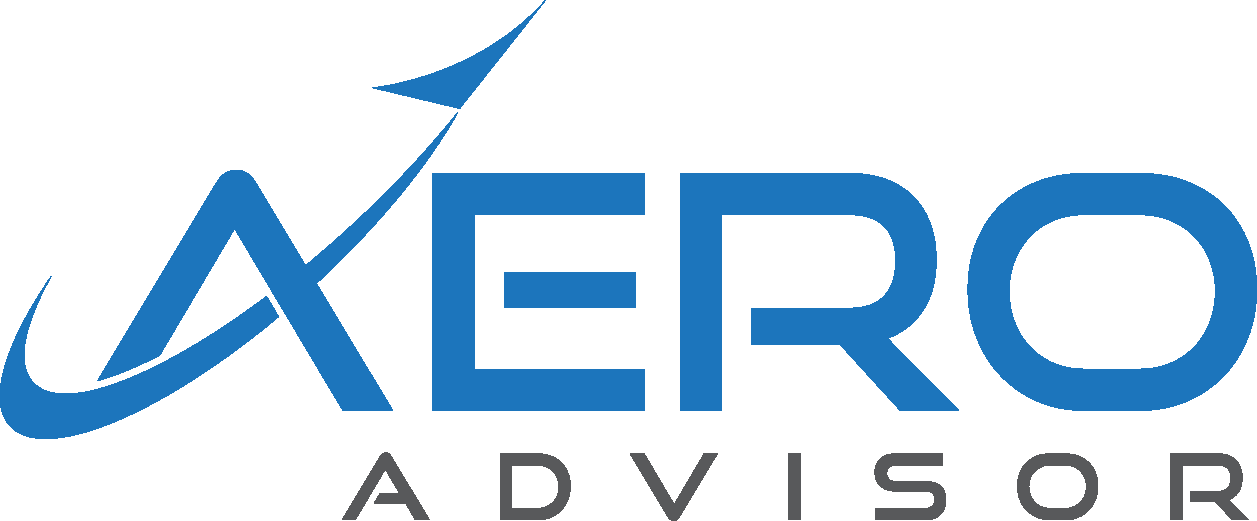Secure Act 2.0 Now Allows for 529 to Roth IRA Rollovers
Secure ACT 2.0, passed by Congress late last year (read more about it here) added a nice new quirk to help college savers with unused funds they have put into a 529 plan. Starting in 2024, beneficiaries of 529 plans (usually the kiddo you are saving for) will have the option to roll over up to $35,000 over their lifetime to their Roth IRA.
There are a few caveats, however. The 529 account must be open for at least 15 years and the Roth IRA must be in the name of the beneficiary. The rollover will also count against your yearly contribution cap to the Roth IRA, which is currently at $6500 per year and funds coming from the 529 must have been in that account for at least five years.
What else can I do with unused college savings accounts?
Life (and especially life with kids) is unpredictable, and not every child follows the traditional path of attending college. If you find yourself in a situation where your child doesn’t go to college, you might wonder what to do with the funds you’ve diligently saved in their 529 plan. Fortunately, there are several other flexible options to consider when your child’s educational plans diverge from the college route.
Leave the Funds for Future Educational Expenses
One of the most significant advantages of a 529 plan is its flexibility. While the plan was originally created for college expenses, it can also be used for other qualified educational expenses. These expenses can include vocational or trade schools, apprenticeship programs, and even certain K-12 educational costs. So, if your child decides to pursue education outside of traditional college, you can still use the 529 plan funds to support their journey.
Change the Beneficiary
As we mentioned earlier, you can change the beneficiary of the 529 plan. This way, the funds can be redirected to cover another family member’s qualified educational expenses. Keep in mind that the new beneficiary must be a qualified family member, which typically includes siblings, parents, aunts, uncles, and even first cousins. This allows you to continue benefiting from the tax advantages of the 529 plan while supporting another family member’s educational aspirations.
Note: The IRS has not made a ruling on if switching the beneficiary resets the 15-year clock on how long the account has been open. At the time of writing, many 529 plan providers are defaulting to “yes, it does reset the clock” as the safer option. The IRS has yet to make a formal ruling on the new 529-to-Roth transfer rule.

Don’t flush those unused college savings dollars down the drain. There might be a new option for those funds going forward.
Use Funds for a Technical School
In today’s rapidly evolving job market, lifelong learning and skill development are essential. Even if your child decides not to attend college, they may want to enhance their skills and knowledge through various career development programs. Many vocational and technical schools offer certificate programs and courses that can significantly boost career prospects. The funds in your 529 plan can be used for such programs and certifications, helping your child gain a competitive edge in their chosen field.
Keep the Funds in the Account
If none of the above options align with your child’s plans or your family’s needs, you can choose to leave the funds in the 529 plan account and let them grow. There’s no time limit for using the funds, so you can hold onto them indefinitely. The investments within the 529 plan can continue to grow tax-free, providing financial flexibility down the road.
Take a Non-Qualified Withdrawal
While it’s generally best to use 529 plan funds for qualified educational expenses to maximize the tax benefits, you can make non-qualified withdrawals if necessary. However, there are some important things to consider:
- Non-qualified withdrawals are subject to federal income tax and a 10% penalty on the earnings (not the contributions portion) part of the withdrawal. The contributions you made to the plan are not subject to penalties or taxes.
- State rules may vary, so be sure to check your specific state’s regulations regarding non-qualified withdrawals.
Use It for Your Own Education
If your child decides not to attend college, but you’ve been contemplating furthering your education or pursuing a degree, consider using the 529 plan funds for your own educational expenses. Many parents choose this option to advance their careers or explore new interests later in life. Be sure to check the plan’s rules and your state’s regulations to ensure you’re eligible for this approach.
A 529 plan offers flexibility and versatility, making it a valuable savings tool for a wide range of educational expenses. If your child decides not to go to college, there’s no need to worry about wasted savings. You have several options – including the new Roth IRA wrinkle, to consider. A tax professional and/or financial advisor can help you sort through these options as well.
Can't find what you're looking for on our website? Have a question regarding your financial picture? Want to leave us some feedback? We would love to hear from you. You can email me at Brian@TheAeroAdvisor.com or fill out the form below.
By submitting this form, you are consenting to receive marketing emails from: . You can revoke your consent to receive emails at any time by using the SafeUnsubscribe® link, found at the bottom of every email. Emails are serviced by Constant Contact
LPL Tracking #478678-2






